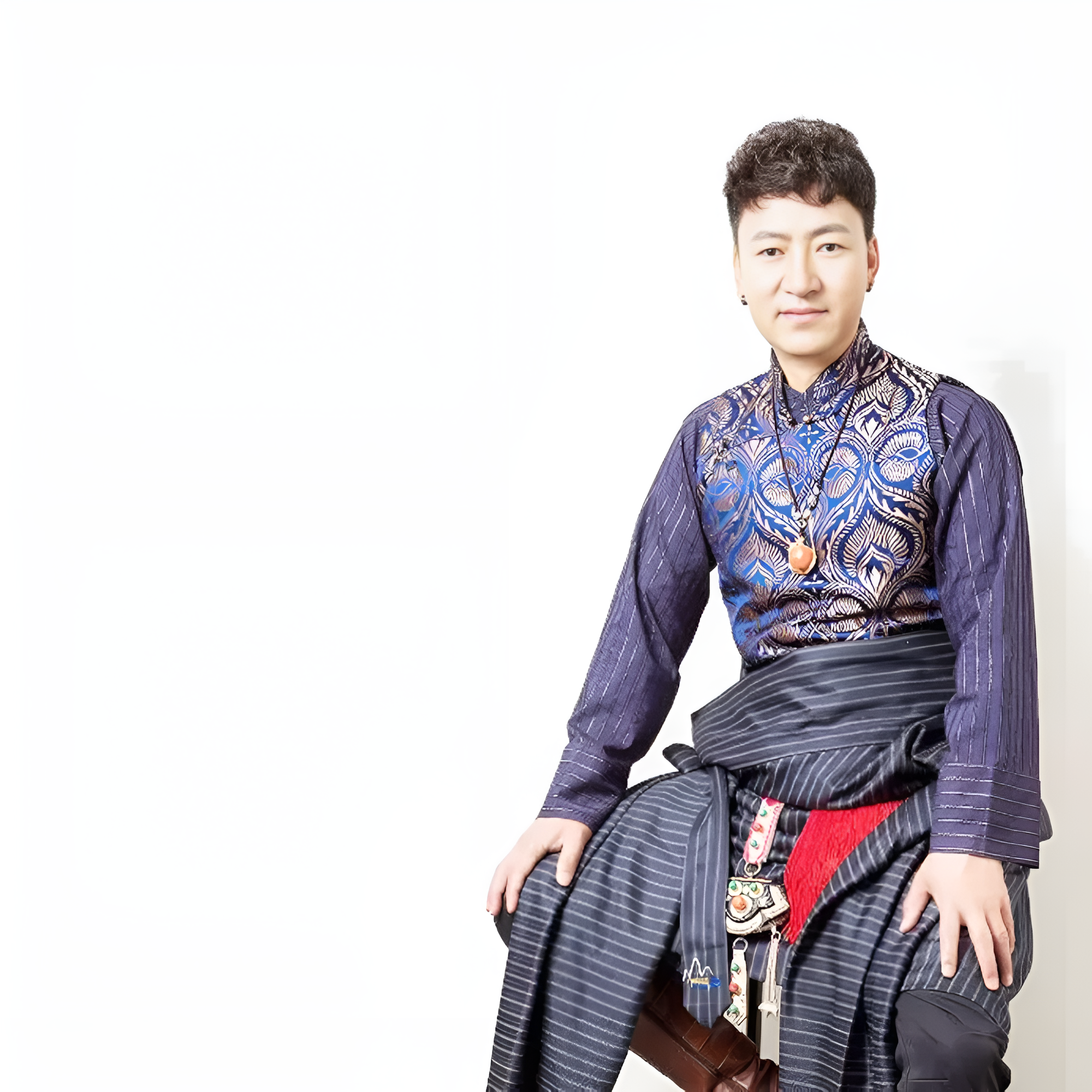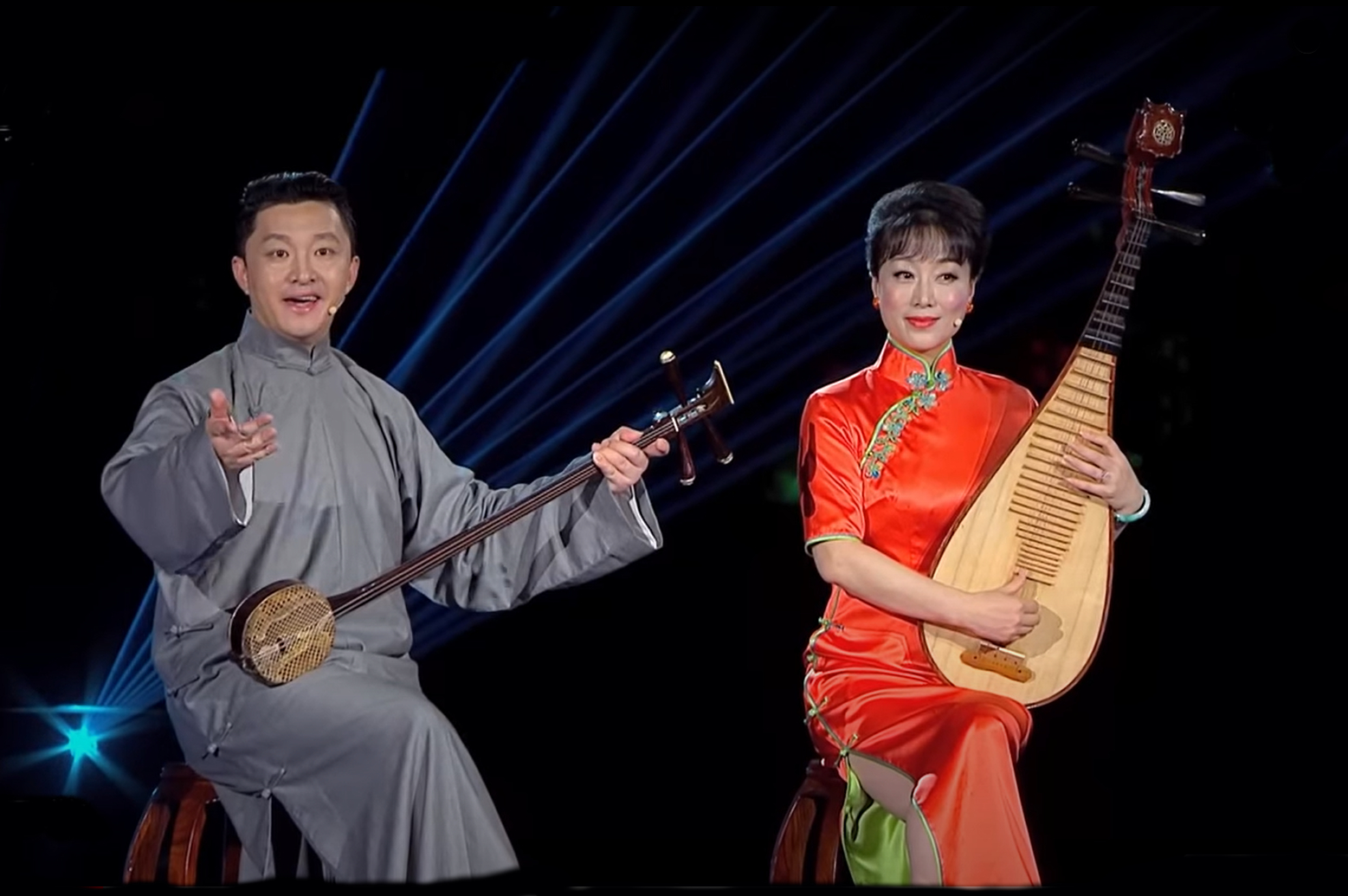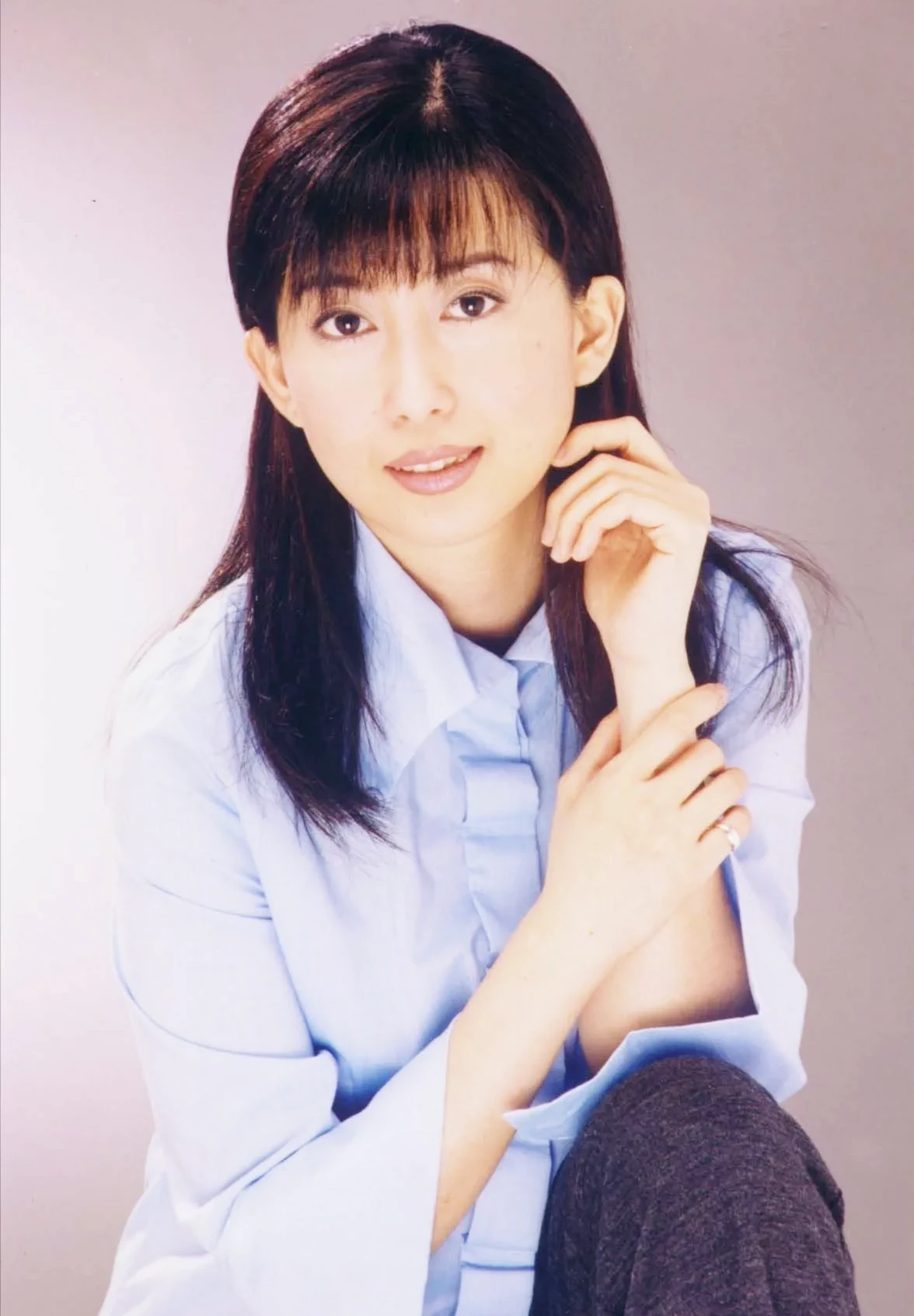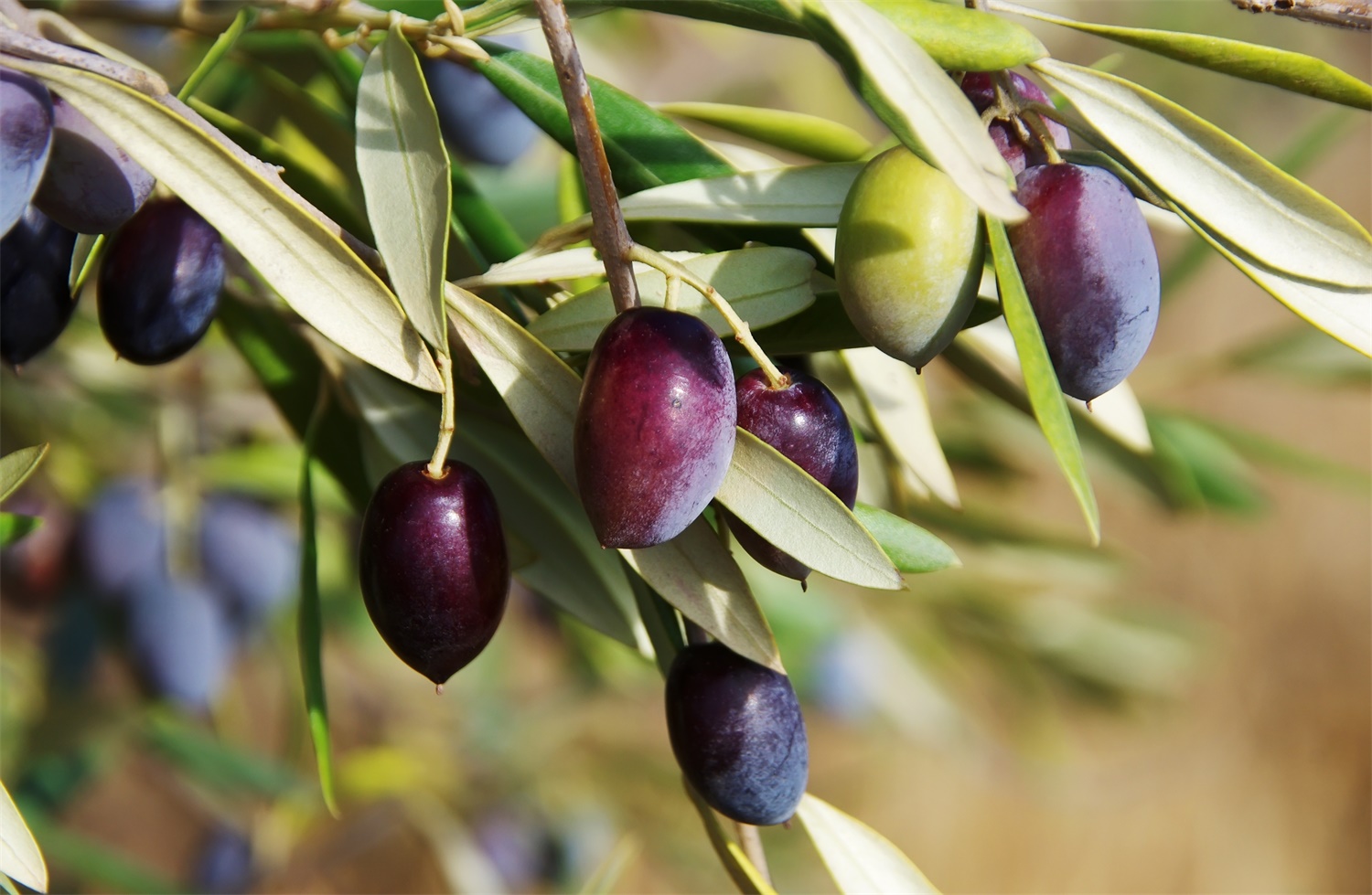
温从水从昷,昷,送食于囚,适度增加。本意为:适度增加水温,暖水。引申为:适中的温度。古昷、温同。
良从富从亡,亡为隐藏、看不到。本意为:隐藏着的家室充盈,才能充分之意。若“发虑宪求善良”,求的不是我们现在概念的“善良”之人,而是有治国之才与执事之能的善人与良人。
恭《尔雅》:恭,敬也。按:先秦时期恭、敬就是现今礼节、礼貌的概念。恭受礼所节制,以现今的概念就是礼也得按规定而行,不足不恭,恭过则谄。
俭从人从佥。佥为两边、两面。本意为:前后一致。凡从佥的字皆有佥之两面之意。若剑即为两面一致的刀;捡即为以手提起使其两面可见;检即为查木之内外等。
让从言从襄。襄为埋种扣合使二为一,增实于其内也。因此谥法云:辟地有德曰襄。本意为:相责以推贤。《说文》:相责,让也。《国语·晋语》让,推贤也。
温良恭俭让:处事得当、才能卓著、遵纪守礼、表里如一、学识丰富于国有利。
民逐利,以利驱之,君亦人也,闻政以利国而求之,夫子之求之也,其诸异乎人之求之与。

(Quelle:www.chinakongzi.org)

别心疼我会跌跌撞撞
因为在温柔手中 我已学会翱翔
开始向往那更高的蓝天
放开牵绊的线
才能神采飞扬(Whoa~)
一路上 许多相同 渴望
生命不该是挣扎 是时光与成长
默契激荡梦想
原来我不孤单
我飞得理直气壮
我唱得比谁都爽
征服逆风的阻挡
用我青春的翅膀
我飞得理直气壮
我比谁都要倔强
颠覆世界眼光
义无反顾地闯
彩色天空是我唯一的方向
满身伤 是光荣的勋章
我呐喊只想找回 拥抱天空的力量
选择永不投降
是为了洒脱鼓掌
我飞得理直气壮
我唱得比谁都爽
征服逆风的阻挡
用我青春的翅膀
我飞得理直气壮
我比谁都要倔强
颠覆世界眼光
义无反顾地闯
彩色天空是我唯一的方向
单纯是我的信仰
高唱不变的坚强
(Whoa~~)
我飞得理直气壮
我唱得比谁都爽
征服逆风的阻挡
用我青春的翅膀
我飞得理直气壮
我比谁都要倔强
颠覆世界眼光
义无反顾地闯
彩色天空是我唯一的方向
(我唯一的方向)
我飞得理直气壮(Whoa~~)
我唱得比谁都爽
征服逆风的阻挡(逆风的阻挡)
用我青春的翅膀(Whoa~)
我飞得理直气壮
我比谁都要倔强(我比谁都要倔强)
颠覆世界眼光
义无反顾地闯(反顾地闯)
彩色天空是我唯一的方向(Whoa~~)
La...La...
(飞得理直气壮)
我飞得理直气壮
我比谁都要倔强(谁都要倔强)
颠覆世界眼光
义无反顾地闯
彩色天空是我唯一的方向
颠覆世界眼光
义无反顾地闯
彩色天空是我唯一的方向

Torino (AFI: /toˈrino/[5], ascolta[?·info]; Turin in piemontese [tyˈriŋ], ascolta[?·info] [6]) è un comune italiano di 852 223 abitanti (al 30 settembre 2021)[2], quarto comune italiano per popolazione e capoluogo dell'omonima città metropolitana e della regione Piemonte. Cuore di un'area metropolitana, Torino è il terzo complesso economico-produttivo del Paese e costituisce uno dei maggiori poli universitari, artistici, turistici, scientifici e culturali d'Italia. Nel suo territorio sono inoltre presenti aree ed edifici inclusi in due beni protetti dall'UNESCO: alcuni palazzi e zone facenti parte del circuito di residenze sabaude in Piemonte (patrimonio dell'umanità[7]) e l'area delle colline del Po (riserva della biosfera).
Città dalla storia bimillenaria, fu fondata probabilmente nei pressi della posizione attuale, attorno al III secolo a.C., dai Taurini, quindi trasformata in colonia romana da Augusto col nome di Iulia Augusta Taurinorum nel I secolo a.C.. Dopo il dominio ostrogoto, fu capitale di un importante ducato longobardo, per poi passare, dopo essere divenuta capitale di marca carolingia, sotto la signoria nominale dei Savoia nell'XI secolo. Città dell'omonimo ducato, nel 1563 ne divenne capitale. Dal 1720 fu capitale del Regno di Sardegna (anche se solo de facto fino alla fusione perfetta del 1847, quando lo divenne anche formalmente),[8] Stato che nel XIX secolo avrebbe portato all'unificazione italiana e che fece di Torino la prima capitale del Regno d'Italia (dal 1861 al 1865).
Sede nel 2006 dei XX Giochi olimpici invernali, nel 2022 della 66ª edizione dell'Eurovision Song Contest[9], città natale di alcuni fra i maggiori simboli del Made in Italy nel mondo, come il Vermut, il cioccolato gianduja e il caffè espresso, è il fulcro dell'industria automobilistica italiana, nonché importante centro dell'editoria, del sistema bancario e assicurativo, delle tecnologie dell'informazione, del cinema, dell'enogastronomia, del settore aerospaziale, del disegno industriale, dello sport e della moda.

Dominio de Pingus is a Spanish winery located in Quintanilla de Onésimo in Valladolid province with vineyards in La Horra area of the Ribera del Duero region. The estate's flagship wine, Pingus, is considered a "cult wine", sold at extremely high prices while remaining very inaccessible,[1][2] and commands an average price of $811 per bottle.[3]
The winery also produces a second wine, Flor de Pingus, and a special cuvée, Ribera del Duero "Amelia". Recently, Dominio de Pingus has founded a joint project with local grape producers to make an old vine tempranillo called "PSI".
Dominio de Pingus was established in 1995 by Danish oenologist Peter Sisseck, also manager of the Pesquera de Duero estate Hacienda Monasterio.[4] On the estate's winemaking philosophies, Sisseck has stated, "The vines in my plots are very old. They have never been fertilised nor treated with pesticides and all grow following the traditional en vaso system. They are perfect."[4]
About the first 1995 vintage of Pingus, Robert Parker declared, "One of the greatest and most exciting wines I have ever tasted".[5] With a very limited first vintage production, only 325 cases were made with prices initially set at US$200 per bottle, it became yet more scarce when in November 1997 the ship transporting a U.S. bound shipment of 75 cases disappeared somewhere off the Azores in the North Atlantic Ocean.[6] The shipwreck resulted in a dramatic reaction in the US market, with prices soon rising to $495 per bottle.[5][6]
At the Ronda WineCreator conference of April 2008, Sisseck was angered by suggestions by Decanter editor Guy Woodward that some winemakers make wines to suit the palates of certain critics. In response he called Woodward's remarks arrogant for implying winemakers do not have their own opinions, adding, "I don't even think it is possible to do this."[7]
In 2007 it was announced that the Spanish government had approved plans to expand highway roads through the vineyards of Dominio de Pingus and other wineries, which was met with strong opposition by Sisseck who called it a "vengeful measure".[8]
Planted with very old vines of Tinto Fino, i.e. Tempranillo, the vineyards are 2.5 hectares (6.2 acres) in Barrosso with vines exceeding 65 years and 1.5 hectares (3.7 acres) in San Cristobal with vines older than 70 years, and the unusually low average yield of 12 hL per hectare. Since 2000, the viticulture has been biodynamic. Of the annual production of Pingus there is typically less than 500 cases, though in poor vintages no Pingus is made.
The production of the second wine Flor de Pingus, also 100% Tempranillo, is made with fruit from rented vineyards in the La Horra zone, with vines older than 35 years. Since the 2005 vintage, the viticulture has been biodynamic. The annual production is on average 4,000 cases.
Additionally there has been the single barrel cuvée, Ribera del Duero "Amelia", made from a vineyard parcel of 100+ year old vines with an average yield of 10 hL per hectare, with biodynamic viticulture since its initial 2003 vintage. The 2005 vintage had a production of 25 cases.
"PSI" is a joint project based on fruit produced by local grape growers from old tempranillo vines. The goal is to help grape producers and save old vines. Project was founded in 2006, first vintage was 2007. Grape growers are encouraged to employ biodynamic or organic vineyard management practices. The wine is made by Peter Sisseck and Pablo Rubio and sold under producer name Bodegas y Viñedos Alnardo. Vinification takes place in large concrete vats and aging in concrete and wooden tanks and oak barrels. Production of PSI 2009 was 9,600 cases, PSI 2010 was 16,600 cases.

有一个姑娘名叫娥嫚
她家住在陇上江南
流水啊匆匆的
送走了时间
送不走人们深深的卷恋
有一个姑娘名叫娥嫚
她的期盼从未改变
雪山啊高高的
垒起了思念
山遥路远
只为今生见一面
官鹅山水间
剪不断的情缘
眼里的星晨啊
只因她而璀璨
每一轮日出日落
月缺月圆
诉说着官鹅的故事
一直到永远
一直到永远
有一个姑娘名叫娥嫚
她的期盼从未改变
雪山啊高高的
垒起了思念
山遥路远
只为今生见一面
官鹅山水间
剪不断的情缘
眼里的星晨啊
只因她而璀璨
每一轮日出日落
月缺月圆
诉说着官鹅的故事
一直到永远
官鹅山水间
剪不断的情缘
眼里的星晨啊
只因她而璀璨
每一轮日出日落
月缺月圆
诉说着官鹅的故事
一直到永远
一直到永远
DJ版


又回到最初的起点
记忆中妳青涩的脸
我们终于来到了这一天
桌垫下的老照片
无数回忆连结
今天男孩要赴女孩最后的约
又回到最初的起点
呆呆地站在镜子前
笨拙系上红色领带的结
将头发梳成大人模样
穿上一身帅气西装
等会儿見妳一定比想像美
好想再回到那些年的时光
回到教室座位前后 故意讨妳温柔的骂
黑板上排列组合 妳舍得解开吗
谁与谁坐他又爱着她
那些年错过的大雨
那些年错过的爱情
好想拥抱妳 拥抱错过的勇气
曾经想征服全世界
到最后回首才发现
这世界滴滴点点全部都是妳
那些年错过的大雨
那些年错过的爱情
好想告诉妳 告诉妳我没有忘记
那天晚上满天星星
平行时空下的约定
再一次相遇我会紧紧抱着妳
紧紧抱着妳

世界上有很多的东西
你生不带来死不带去
你能带走的只有自己和自己的脾气
你曾拥有最美的爱情
你听过最美的旋律
触摸过一个人孤独的恐惧
也看到过最美的风景
我跌跌撞撞奔向你
你也不能一个人离去
我们在一起说过
无论如何一起经历了风雨
平平淡淡安安静静的老去
世界上有很多的东西
你生不带来死不带去
你能带走的只有自己和自己的脾气
你曾拥有最美的爱情
你听过最美的旋律
触摸过一个人孤独的恐惧
也看到过最美的风景
我跌跌撞撞奔向你
你也不能一个人离去
我们在一起说过
无论如何一起经历了风雨
平平淡淡安安静静的老去
我们拼命的相拥不给孤独留余地
无力 是我们最后难免的结局
无力 是我们最后难免的结局

男:给你一张过去的CD
听听那时我们的爱情
有时会突然忘了 我还在爱着你
女:再唱不出那样的歌曲
听到都会红着脸躲避
虽然会经常忘了 我依然爱着你
因为爱情 不会轻易悲伤
男:所以一切都是幸福的模样
女:因为爱情 简单的生长
男:依然随时可以为你疯狂
女:因为爱情 怎么会有沧桑
男:所以我们还是年轻的模样
女:因为爱情 在那个地方
男:依然还有人在那里游荡
合:人来人往
女:再唱不出那样的歌曲
听到都会红着脸躲避
虽然会经常忘了
合:我依然爱着你
女:因为爱情 不会轻易悲伤
男:所以一切都是幸福的模样
女:因为爱情 简单的生长
男:依然随时可以为你疯狂
女:因为爱情 怎么会有沧桑
男:所以我们还是年轻的模样
女:因为爱情 在那个地方
男:依然还有人在那里游荡
合:人来人往
男:给你一张过去的CD
听听那时我们的爱情
女:有时会突然忘了
合:我还在爱着你





















